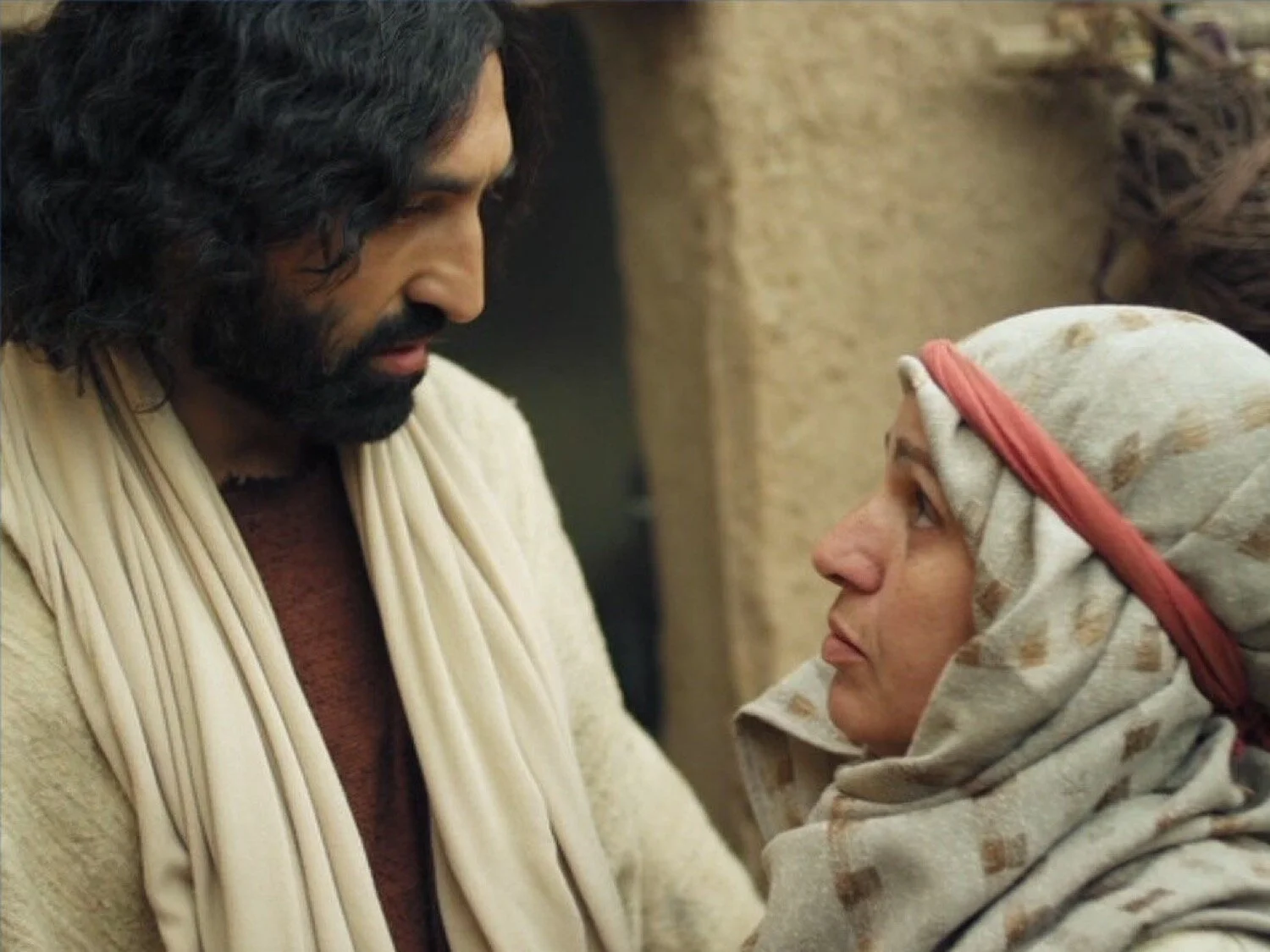Readings for today: Genesis 46-48, Matthew 15:21-39
“And Jesus went away from there and withdrew to the district of Tyre and Sidon. And behold, a Canaanite woman from that region came out and was crying, “Have mercy on me, O Lord, Son of David; my daughter is severely oppressed by a demon.” But he did not answer her a word. And his disciples came and begged him, saying, “Send her away, for she is crying out after us.” He answered, “I was sent only to the lost sheep of the house of Israel.” But she came and knelt before him, saying, “Lord, help me.” And he answered, “It is not right to take the children’s bread and throw it to the dogs.” She said, “Yes, Lord, yet even the dogs eat the crumbs that fall from their masters’ table.” Then Jesus answered her, “O woman, great is your faith! Be it done for you as you desire.” And her daughter was healed instantly.” (Matthew 15:21-28)
*Much of today’s writing comes from Kenneth Bailey’s work in Jesus Through Middle Eastern Eyes: Cultural Studies in the Gospels. I highly recommend it.*
Today we come to one of the most difficult passages in the gospels. Many commentators have wrestled over this interaction. On the face of it - read through 21st century eyes - it seems like Jesus is a racist. Shaped and formed by the same supremacist attitudes that most of the Jews held towards those who were not part of God’s chosen people. Furthermore, this woman is a Canaanite. She belonged to a particular tribe of people who were ancient enemies of the Jews. Then you layer in all the honor/shame components of an ancient near east society. The fact that women did not approach men they were not related to much less speak to them. The fact that the woman’s daughter was demon-possessed which would have made her ritually unclean. All of these factors come into play as we seek to understand what’s happening in this story. And a huge part of the challenge is setting aside our own cultural understandings to let the text speak for itself.
So why doesn’t Jesus initially respond to the woman? Why does He initially dismiss her request? This doesn’t seem to fit His character. After all, we’ve seen Him break all kinds of barriers and social taboos. We’ve seen Him reach out in compassion to those who are lost and hurting and marginalized. Why would He shift gears so suddenly? What’s really going on here? Bailey suggests this is a typical “honor/shame” interaction in first century Palestinian society that was meant to both test and educate at the same time. He is testing the woman’s faith and He is educating His disciples who still haven’t grasped the inclusiveness of God’s Kingdom.
So let’s walk through the text. The interaction begins with the heart cry of this woman whose daughter lies in desperate need. This is where the testing begins. Jesus initially seems to ignore her cry but doesn’t send her away as His disciples suggest. Instead, He makes a statement that is more directed at them than the woman. He’s sees their hearts. He knows their prejudices. He is going to challenge them with this interaction. One can imagine Jesus turning from His disciples back to the woman with a smile on His face to see what she will do. The woman rightfully sees this as an invitation to press further which she does. As Ken Bailey explains, the woman “did not move because she believed Jesus did not mean it.” She cries out for help. Once again, we are confused by Jesus’ response which would have been typical for his day. Dogs were unclean animals. They were not pets. They were not part of the family. At best, they were used to guard property and at worst were mangy scavengers. To be called one was a great insult and yet Jesus intentionally softens the language by using a word best translated as “little dog.” Certainly not a term of endearment but also not as threatening. It both signaled to the woman that the exchange should continue while at the same time signaling to the disciples that their cultural bias was rooted in sin. Once again, the woman is invited to respond. Will she get angry? Leave in frustration? Rage at the injustice of her treatment? Remarkably, Bailey points out, she responds with wisdom. She passes the test. And one can almost see the twinkle in Jesus’ eye. The utter delight on His face. “Woman, great is your faith! Let it be done for you as you wish.’ And her daughter was healed instantly.”
I find Bailey’s interpretation deeply compelling. Partly because I’ve seen similar interactions in North Africa where I spend a great deal of time each year. There are certain cultural exchanges in honor/shame societies that seem strange to Western eyes. We are so used to direct forms of communication that we often miss what is taking place in cultures where indirect communication is more of the rule. When I’m able to lay aside my own cultural biases and let the text speak for itself. From it’s own cultural milieu. My eyes are opened much like the disciple’s must have been to the many ways Jesus challenges the prevailing attitudes of His day and our day.
Readings for tomorrow: Genesis 49-50, Exodus 1, Matthew 16:1-4
